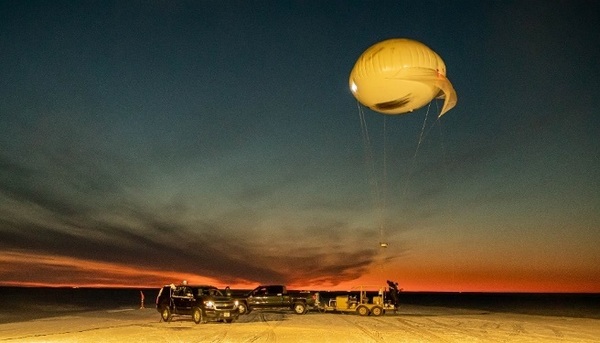IFFExO

Ice Fog Field Experiment at Oliktok Point
To better understand and predict the formation, evolution and decay of Arctic Ice Fog.
Introduction
The PIs (Fernando & Gultepe) were granted a two-week intensive field campaign on Ice Fog IF (IFFExO) at the Oliktok Point ARM site (AMF3) (https://www.arm.gov/research/campaigns/amf2020iffexo) in Alaska. It was scheduled for 22 March to 5 April, 2020, postponed due to COVID restrictions, but was successfully conducted during 9-21 November, 2020 thanks to openhanded support of the ARM personnel. The IFFExO campaign included: (i) Wind and large-scale turbulence measurements using Doppler lidar; (iii) Ice Water Content (IWC) and integrated water vapor path measurements from a Radiometrics microwave radiometer (MWR); (iv) Vertical profiling by in-situ sensors mounted on a tethered balloon system (TBS) supported by AMF3, augmented by a number of guest user-provided instruments for aerosol microphysics; and (v) Instruments for surface energy budget, meteorology and turbulence. The novelty of IFFExO was the simultaneous measurement of dynamic, thermodynamic, microphysical and physicochemical properties and their spectral characteristics akin to IF, allowing the reckoning of possible natural and anthropogenic aerosol contributions.
Click here to download the full IFFExO write up
Latest News
The Department of Energy's Atmospheric Radiation Measurement (ARM) unit facility has continued to support atmospheric science experiments like IFFExO during the pandemic.